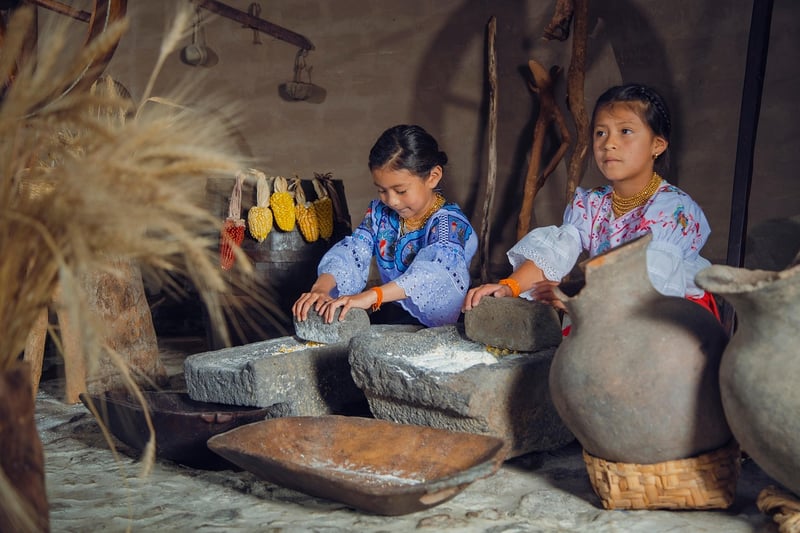Traditional Practices
Exploring Varied Cooking Styles and Traditional Practices
Cooking is not just about preparing a meal; it's an art form that reflects diverse cultures, traditions, and personal preferences. Across the globe, various cooking styles and methods have evolved over centuries, blending traditional practices with modern techniques to create unique and delicious dishes. Let's delve into the rich tapestry of culinary traditions and explore the fascinating world of cooking.
Culinary Diversity
Each region of the world boasts its own distinctive cooking style, shaped by local ingredients, climate, and cultural influences. From the fiery spices of Indian cuisine to the delicate flavors of Japanese dishes, culinary diversity is a testament to the creativity and resourcefulness of people in utilizing what nature provides.
Traditional Practices
Traditional cooking practices are often deeply rooted in history and are passed down through generations. These methods not only preserve cultural heritage but also contribute to the unique taste and texture of traditional dishes. For example, slow cooking over an open flame in a clay pot is a traditional practice in many Mediterranean countries, imparting a smoky flavor and tenderizing tough cuts of meat.
Exploring New Horizons
While traditional practices form the foundation of many cuisines, modern chefs are constantly pushing boundaries and experimenting with new techniques. Molecular gastronomy, for instance, combines science and culinary arts to create innovative dishes that challenge our perception of food. By blending tradition with innovation, chefs can create truly memorable dining experiences.
Embracing the Fusion
In today's interconnected world, culinary fusion has become increasingly popular, blending elements from different cuisines to create exciting new flavors. Whether it's Korean tacos, sushi burritos, or curry pizza, fusion cuisine reflects the global exchange of ideas and ingredients, resulting in a delicious melting pot of flavors.
Preserving Heritage
While innovation is essential for culinary evolution, it's also crucial to preserve traditional practices and techniques. Many chefs are actively working to revive ancient cooking methods, rediscover forgotten ingredients, and support local farmers and artisans. By honoring the past, we can ensure a sustainable future for food culture.
Conclusion
Exploring varied cooking styles and traditional practices offers a glimpse into the rich tapestry of culinary heritage that defines who we are. Whether you're a home cook experimenting in the kitchen or a professional chef pushing the boundaries of gastronomy, embracing both tradition and innovation can lead to truly memorable culinary experiences.
Let's celebrate the diversity of flavors, techniques, and traditions that make cooking not just a necessity but a joyous celebration of life itself.


